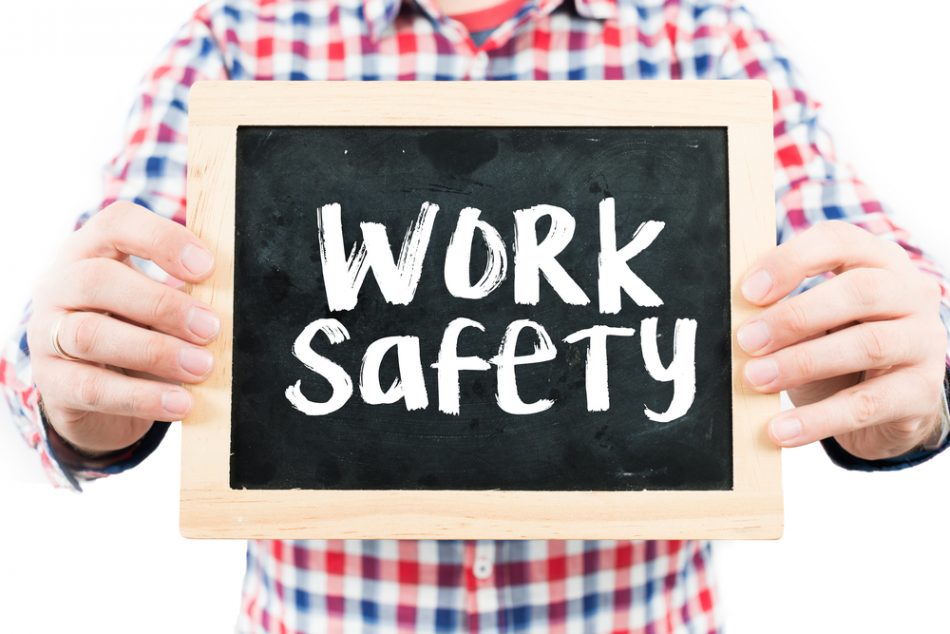
“A worker’s first day at work shouldn’t be his last day on earth,” said Assistant Secretary of Labor for Occupational Safety and Health (OSHA) Dr. David Michaels. “Employers are responsible for ensuring the safe conditions of all their employees, including those who are temporary.”
Yet temporary workers walk into unsafe conditions every day: conditions that fall outside of OSHA’s purview. Until now.
Responding to numerous reports of preventable injuries and deaths, OSHA has implemented new, strict regulations regarding temporary worker safety. Moreover, those regulations spell out who’s responsible for what and when in exact detail. Staffing firms now share the responsibility of protecting their employees with the companies in which those employees are placed.
The Temporary Worker Initiative, implemented April 29 2013, was enacted to bring temporary workers under the protection of OSHA. In May 2014, OSHA and the American Staffing Association (ASA) formed an alliance and have since been working jointly to ensure the continued protection of temporary workers from workplace safety and health hazards. ASA and OSHA will work together to educate workers about their rights and inform staffing firms and their clients of their responsibilities, both jointly and separately, in protecting temporary workers. For its part, ASA is working diligently with OSHA to make sure staffing firms don’t bear undue burdens under the new law.
Still, staffing agencies do have specific responsibilities under the new regulations. There is a general duty for workplace safety and the party exercising supervision and control over the means and manner of the temporary workers’ work—in almost all cases, the host employer—is responsible for providing such workers with site-specific safety training and equipment.
Other requirements affecting staffing firms include:
Duty to inquire. Under new OSHA rules, staffing firms must inquire and verify that the host company has fulfilled its requirement to provide a safe workplace. While staffing firms don’t need to become workplace hazards experts, they do need to know what conditions exist on the job sites, what hazards could be experienced, and how to best protect the temporary workers. Important: under OSHA guidelines,
Under new OSHA rules, staffing firms must inquire and verify that the host company has fulfilled its requirement to provide a safe workplace. While staffing firms don’t need to become workplace hazards experts, they do need to know what conditions exist on the job sites, what hazards could be experienced, and how to best protect the temporary workers. Important: under OSHA guidelines,
Under new OSHA rules, staffing firms must inquire and verify that the host company has fulfilled its requirement to provide a safe workplace. While staffing firms don’t need to become workplace hazards experts, they do need to know what conditions exist on the job sites, what hazards could be experienced, and how to best protect the temporary workers. Important: under OSHA guidelines, ignorance of hazards is no excuse.
Communication requirements. Probably the most important aspect of the new regulations is how staffing firms and their client companies handle injuries and health issues. Staffing firms and the host companies are required to communicate about safety matters, ensuring that the necessary protections are in place for the temporary staff. Also, any accident, injury, or illness stemming from a workplace incident must be communicated with the staffing firm, and the firm should investigate any incidents or near misses. Both employers must communicate employee health and safety information as it becomes known.
Also, staffing firms are expected to maintain communication with temporary workers. Throughout the assignment, agencies should touch base with the workers, educated them on how to report hazards to the agency, and also instances when workers’ tasks are changed by the host company.
Training. In practice, the staffing agency is responsible for basic safety awareness training, while the host employer must provide workplace-specific training, appropriate to the temporary workers’ particular tasks, because it almost always will supervise and direct the temporary workers’ work. “Supervision,” in this context, occurs when “in addition to specifying the output, product or result to be accomplished by the person’s work, the employer supervises the details, means, methods and processes by which the work is to be accomplished.” (See OSHA FAQ 31-1 at http://.www.osha.gov/recordkeeping.)
Contract responsibility. All contracts going forward should spell out respective responsibilities of both the staffing firm and the host company.
Joint responsibility. Regardless of what any agreement states, OSHA considers both the staffing firm and the host company to be jointly responsible for temporary worker safety and health. Any violation could result in both parties being held responsible, including infractions such as lack of adequate safety training.
Illness and injury reporting. OSHA has set up specific reporting requirements and has identified which party is responsible and in what instance. For example, if the host company has complete supervision of the employee’s work day, the reporting requirement falls on the host company. If the staffing firm controls all or part of the oversight of the employee, the staffing firm is then expected to report injuries and safety issues. Therefore, each party should identify the supervising employer who will be handling this responsibility.
Understanding what OSHA expects of staffing firms and host companies includes an understanding of the rights of the worker and what staffing firms need to do in order to protect the worker’s rights. Determining responsibility for safe working conditions, training, and reporting at the outset can go a long way to ensuring the health and safety of each temporary worker, as well as protecting the staffing firm from unnecessary violations.


